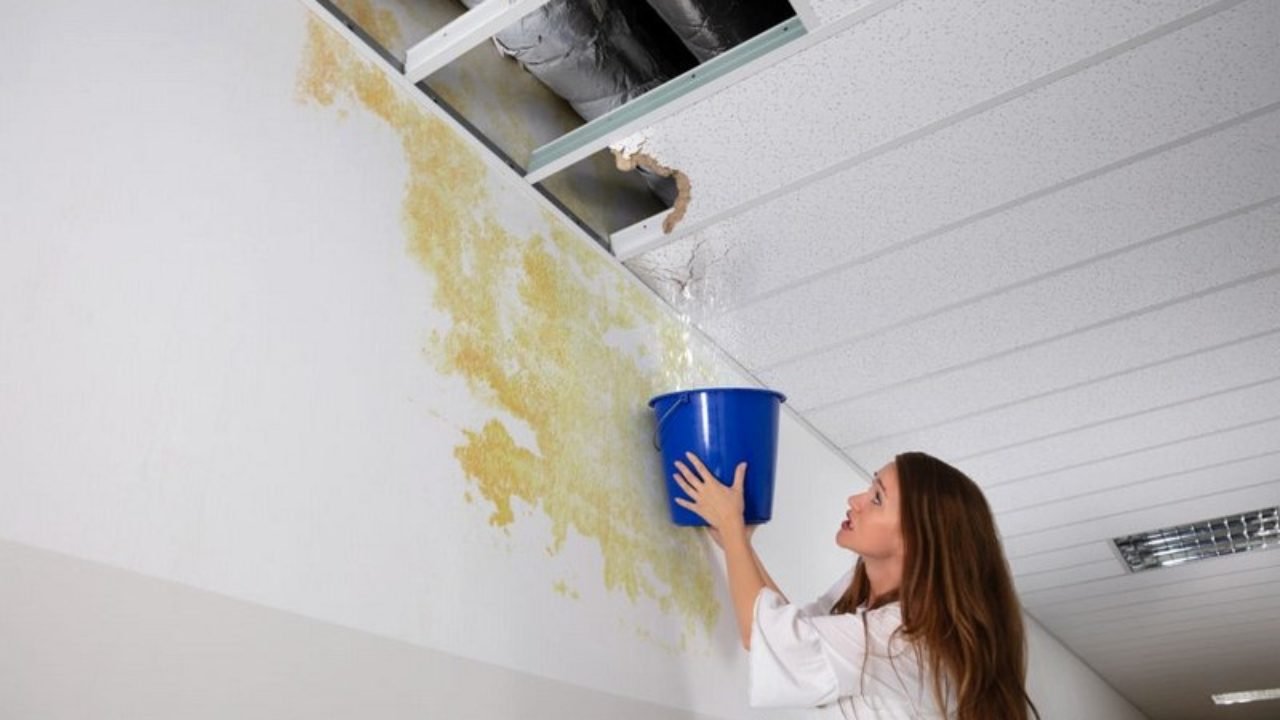They are making several good pointers relating to How to Find Water Leaks overall in the article further down.

Leaks not only trigger waste of water but can likewise create unnecessary damage to your house and advertise undesirable organic development. Sadly, water leakages could go unnoticed considering that most of the pipework in our home is hidden. By looking and also recognizing for day-to-day situations that create leaks, you can safeguard your residence from future leakages and also unnecessary damages. Today, we will check out six leakage causes that may be creating your pipes to drip.
Intruding roots
The majority of water leaks begin outside the house as opposed to inside it. If you notice an unexpected decrease in water stress, claim in your tap, require time to head out and also analyze your backyard. You could observe wet spots or sinkholes in your backyard, and that might indicate that tree roots are attacking water lines causing water to leak out. You can have your plumber check for invasion, specifically if you have trees or shrubs near your residential or commercial property.
Corroded water systems
This could be the cause of discoloration or bending on your water pipes. If our plumbing system is old, take into consideration changing the pipelines given that they are at a greater threat of rust than the more recent designs.
Faulty Pipeline Joints
The factor at which your pipes attach is regularly the weakest link in the waterline. Pipeline joints can wear away gradually, causing water leaks. However, the majority of pipeline joints are not quickly visible. If you have noisy pipes that make ticking or banging sounds, especially when the warm water is switched on, your pipe joints are most likely under a great deal of pressure. It is recommended to have your plumber evaluate your system once a year.
Instant temperature level modifications.
Extreme temperature adjustments in our pipes can create them to broaden and also get unexpectedly. This growth as well as contraction may trigger splits in the pipelines, specifically if the temperature level are below freezing. If you maintained an eye on just how your plumbing functions, it would be best. The visibility of the previously pointed out conditions regularly suggests a high danger.
Poor Water Connectors
At times, a leak can be triggered by loose hose pipes and also pipelines that provide your devices. In situation of a water connections leak, you might notice water running directly from the supply line or puddles around your home appliances.
Obstructed Drains
Obstructed drains pipes might be bothersome as well as inconveniencing, but they can occasionally end up causing an overflow resulting in burst pipes. Maintain eliminating any materials that might go down your drains that might clog them to avoid such troubles.
All the above are sources of leakages but not all water leaks result from plumbing leakages; some leakages may come from roof leakages. All leaks ought to be repaired quickly to stay clear of water damage.
Leaks not just create waste of water yet can also cause unneeded damage to your home as well as advertise unwanted organic development. By recognizing and looking for everyday situations that cause leaks, you can protect your residence from future leakages and unnecessary damages. Today, we will look at six leak causes that might be triggering your pipes to trickle.
At times, a leakage can be triggered by loose pipes as well as pipelines that supply your home appliances. In situation of a water links leak, you might see water running straight from the supply line or pools around your home appliances.
How To Check For Water Leak In Your Home
How To Check for Leaks
The average household's leaks can account for nearly 10,000 gallons of water wasted every year and ten percent of homes have leaks that waste 90 gallons or more per day. Common types of leaks found in the home are worn toilet flappers, dripping faucets, and other leaking valves. These types of leaks are often easy to fix, requiring only a few tools and hardware that can pay for themselves in water savings. Fixing easily corrected household water leaks can save homeowners about 10 percent on their water bills.
To check for leaks in your home, you first need to determine whether you're wasting water and then identify the source of the leak. Here are some tips for finding leaks:
Take a look at your water usage during a colder month, such as January or February. If a family of four exceeds 12,000 gallons per month, there are serious leaks.
Check your water meter before and after a two-hour period when no water is being used. If the meter changes at all, you probably have a leak.
Identify toilet leaks by placing a drop of food coloring in the toilet tank. If any color shows up in the bowl after 10 minutes, you have a leak. (Be sure to flush immediately after the experiment to avoid staining the tank.)
Examine faucet gaskets and pipe fittings for any water on the outside of the pipe to check for surface leaks.
Undetected water leaks can happen without the home or business owner even realizing. If you suspect a water leak, but not able to find the source. It is time to contact a professional water leak detection service, The Leak Doctor.
How To Find a Water Leak In Your Home
https://www.leakdoctor.com/blog/How-To-Check-For-Water-Leak-In-Your-Home_AE197.html
As a passionate reader on Top Causes of Home Water Leaks, I assumed sharing that piece of content was sensible. I beg you take the opportunity to share this page if you appreciated it. Thanks for taking the time to read it.
Get answers now!
Comments on “Expose Common Roots of Leak Problems Inside Your House”